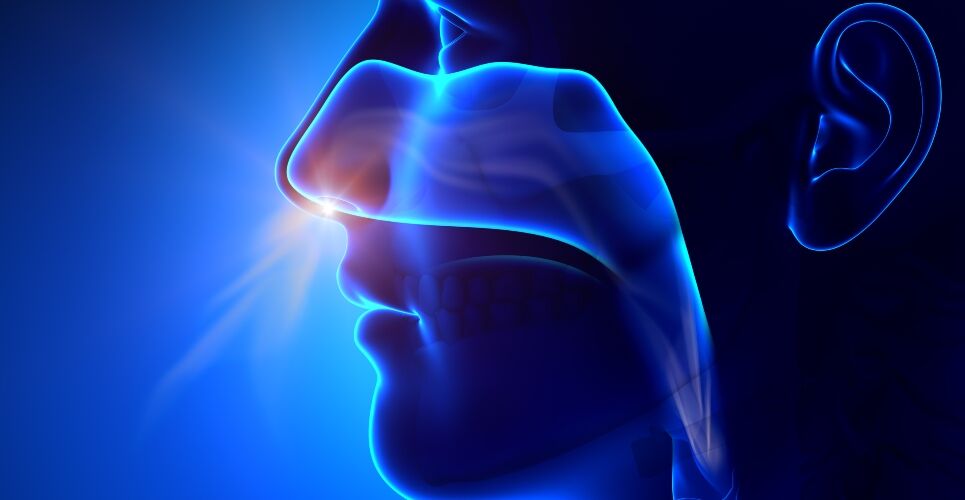Exhaled breath analysis shows promise as a non-invasive approach for the therapeutic monitoring of antibiotics, a proof-of-concept study has found.
At the recent ESCMID Global Congress Barcelona, Spain (27-30 April), Swiss researchers presented the findings from the prospective, single-centre study of 10 adult hospitalised patients (median age 63 years, 54.5% female) who received intravenous antibiotic treatment in 2022 or 2023.
For patients with severe infections or in intensive care, therapeutic drug monitoring allowed clinicians to account for differences in how individuals metabolise drugs and was used to optimise and guide dosing.
First author Dr Sarah Dräger, senior physician in the Division of Internal Medicine at University Hospital Basel in Switzerland, said drugs were usually monitored through testing blood samples but the process was invasive, time-consuming and lead to patient discomfort.
‘It takes several hours or even days to get results, depending on the antibiotic tested, and so the results may come too late to guide the treatment of some of the sickest patients,’ she said.
In contrast, breath samples were easy to collect, Dr Dräger said, adding the method was non-invasive and not associated with patient discomfort.
The approach could also decrease turnaround times, with results potentially being available in 10 minutes.
‘[Exhaled breath analysis] is already used to monitor other drugs, such as antiseizure medicines, and we wanted to explore its potential in monitoring antibiotics,’ Dr Dräger said.

Patients in the study were being treated for respiratory infections (n=3), intravascular infections (n=3), abdominal infections (n=2), urinary tract infection (n=1) or skin and soft tissue infection (n=1).
The antibiotics used were meropenem (n=3), piperacillin/tazobactam (n=3), cefazolin (n=2), flucloxacillin (n=1) and ciprofloxacin (n=1), the researchers reported in a poster at the conference.
Plasma therapeutic drug monitoring samples were collected 0-60 minutes after the end of the antibiotic bolus infusion.
Some 30 minutes after the blood sample collection, researchers performed exhaled breath analysis using secondary electrospray ionisation (SESI) combined with high resolution mass spectrometry (HRMS).
SESI-HRMS, a real-time exhaled breath analysis technique, was characterised by a high sensitivity and broad metabolic coverage, including endogenous (breakdown products from the antibiotic) and exogenous (breakdown products from the body that are affected by the antibiotic) metabolites.
The breath analysis identified specific exhaled molecules associated with meropenem, cefazolin, flucloxacillin and ciprofloxacin, but there was no clear signal for piperacillin.
Dr Dräger concluded: ‘We were able to detect antibiotic-specific metabolites in exhaled breath in patients treated with antibiotics in four out of five antibiotics investigated.
‘We aim to confirm these very promising results in a larger cohort of patients, as well as look at how they relate to blood plasma concentrations of antibiotics and patient outcomes.’

